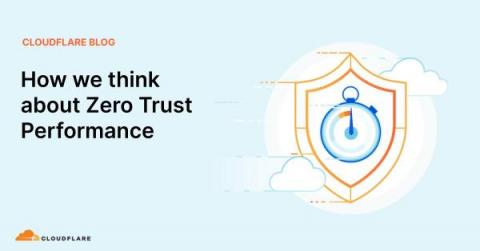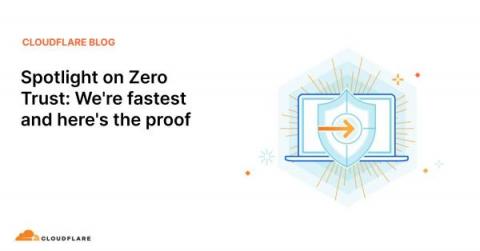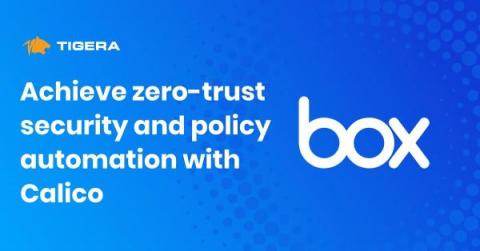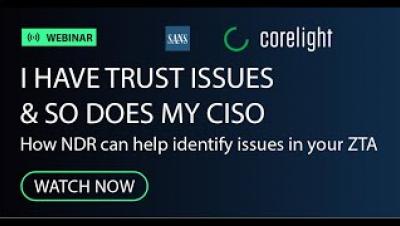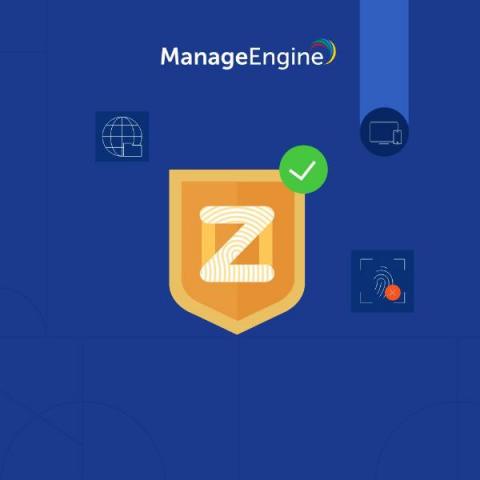Making Zero Trust a Reality
Zero Trust has been a concept since 2009 when Forrester first realized that traditional security models operated on the outdated assumption that everything inside an organization’s network should be trusted. 14 years later, the rule of “Never Trust, Always Verify” has never been more important, especially as data breaches continue to make headlines on a seemingly daily basis.



